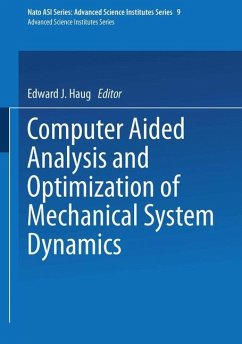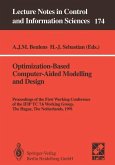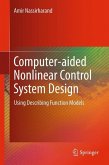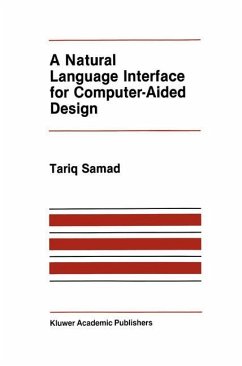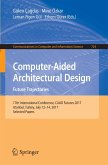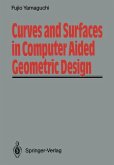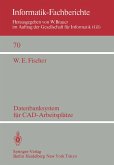These proceedings contain lectures presented at the NATO-NSF-ARO sponsored Advanced Study I~stitute on "Computer Aided Analysis and Optimization of Mechanical System Dynamics" held in Iowa City, Iowa, 1-12 August, 1983. Lectures were presented by free world leaders in the field of machine dynamics and optimization. Participants in the Institute were specialists from throughout NATO, many of whom presented contributed papers during the Institute and all of whom participated actively in discussions on technical aspects of the subject. The proceedings are organized into five parts, each addressing a technical aspect of the field of computational methods in dynamic analysis and design of mechanical systems. The introductory paper presented first in the text outlines some of the numerous technical considerations that must be given to organizing effective and efficient computational methods and computer codes to serve engineers in dynamic analysis and design of mechanical systems. Two substantially different approaches to the field are identified in this introduction and are given attention throughout the text. The first and most classical approach uses a minimal set of Lagrangian generalized coordinates to formulate equations of motion with a small number of constraints. The second method uses a maximal set of cartesian coordinates and leads to a large number of differential and algebraic constraint equations of rather simple form. These fundamentally different approaches and associated methods of symbolic computation, numerical integration, and use of computer graphics are addressed throughout the proceedings.

